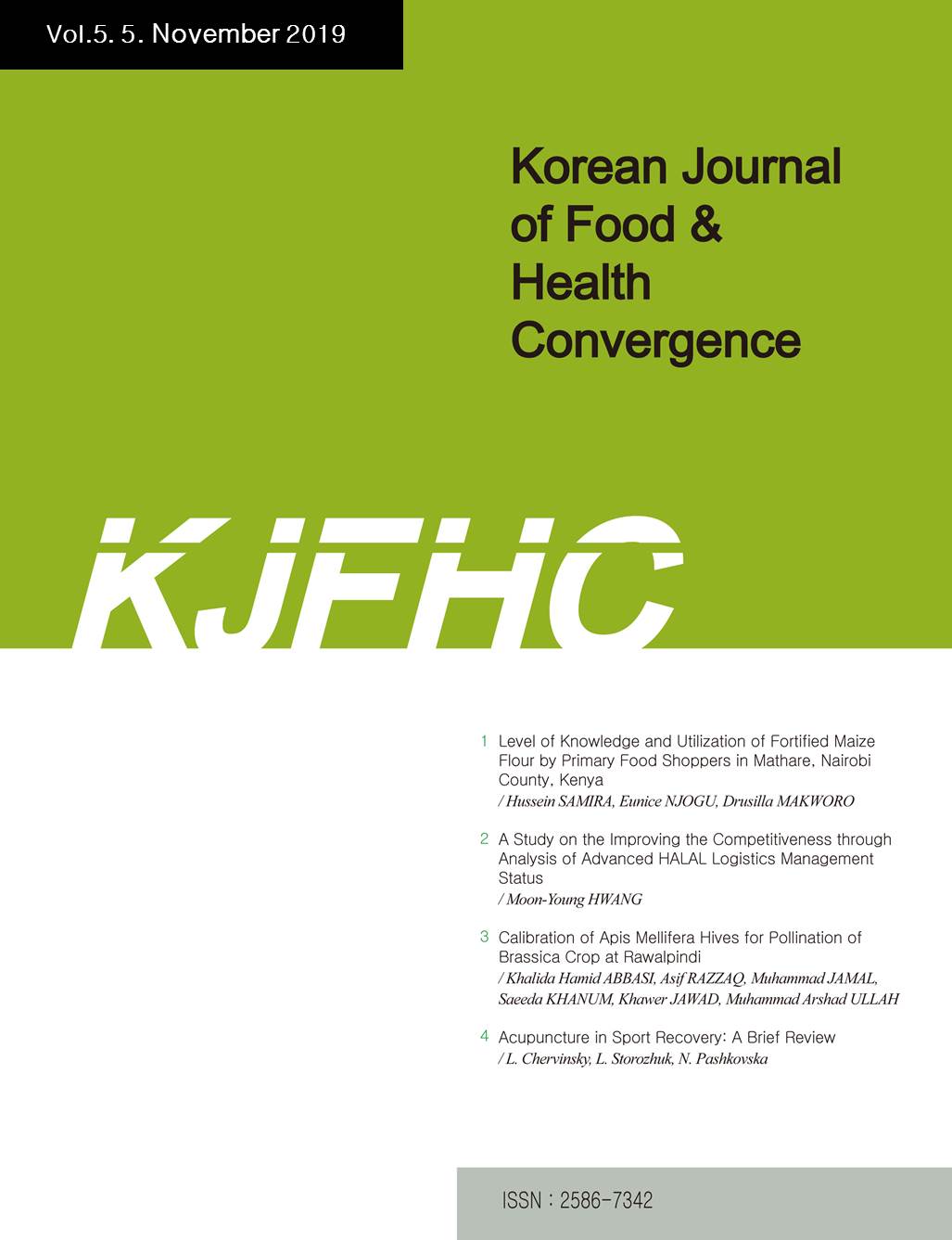 E-ISSN : 2586-7342
E-ISSN : 2586-7342
RAZZAQ, Asif
JAMAL, Muhammad
KHANUM, Saeeda
JAWAD, Khawer
ULLAH, Muhammad Arshad
Abstract
The response of honeybee (Apis mellifera L.) pollination on canola yield with reference to most suitable number of bee hive need per unit area of crops in order to meet optimum pollination needs and better economic yields by comparing number of hives and yield components an experiment was conducted at Beekeeping and Hill Fruit Pests Research, Station Rawalpindi during 2017-18 in complete randomized block design with two sets of four treatments for comparison: 1 hive acre<sup>-1</sup>, 2 hives acre<sup>-1</sup>, 3 hives acre<sup>-1</sup> and 0 hive acre<sup>-1</sup>. The hives were kept inside the experimental area. Parameters were assessed: pollination density, pollinator's diversity, agronomic and economic yield. In case of pollination density, the cumulative mean abundance bee species revealed that at 1200 hours, Apis mellifera was the most abundant and frequent visitor with a mean population of 8.69 bees/plant followed by A. dorsata (0.72), Syrphid fly (0.2) and other pollinators. Minimum bee population was observed during 1400 hours, mainly due to the closure of flowers and partially due to high temperature (>35℃). Pollinator diversity revealed that A. mellifera was the most dominant pollinator of Brassica crop with highest abundance (71%). A. dosata ranked 2<sup>nd</sup> (16%) followed by A. florea (6%) respectively.
- keywords
- Honeybee, Bee Hives, Standardization, Pollination, Canola, Seed Yield
- Downloaded
- Viewed
- 0KCI Citations
- 0WOS Citations
